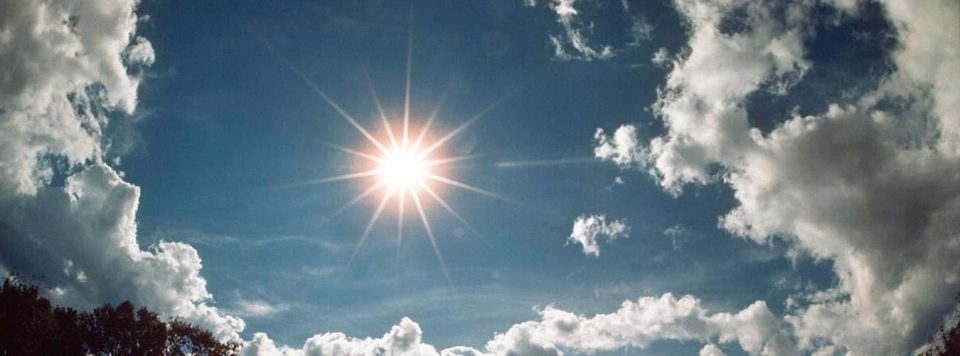
International Ozone Day 2022: Theme, importance of Montreal Protocol

Every year, September 16 is observed as International Day for the Preservation of the Ozone Layer. The theme for this year is “Montreal Protocol@35: global cooperation protecting life on earth”.
The theme recognises the wider impact the Montreal Protocol has on climate change and the need to act in collaboration, forge partnerships and develop global cooperation to address climate challenges and protect life on earth for future generations, the United Nations (UN) said.
In 1994, the United Nations General Assembly proclaimed 16 September the International Day for the Preservation of the Ozone Layer, commemorating the date of the signing, in 1987, of the Montreal Protocol on Substances that Deplete the Ozone Layer.
Also read: Bioeconomy can generate solutions for major challenges in climate change: Experts
The ozone layer, a fragile shield of gas, protects the Earth from the harmful portion of the rays of the sun, thus helping preserve life on the planet.
According to UN, when scientists working in the late 1970s discovered that humanity was creating a hole in this protective shield, they raised the alarm. The hole – caused by ozone-depleting gases (ODSs) used in aerosols and cooling, such as refrigerators and air-conditioners – was threatening to increase cases of skin cancer and cataracts, and damage plants, crops, and ecosystems.
The scientific confirmation of the depletion of the ozone layer prompted the international community to establish a mechanism for cooperation to take action to protect the ozone layer. This was formalised in the Vienna Convention for the Protection of the Ozone Layer, which was adopted and signed by 28 countries, on 22 March 1985. In September 1987, this led to the drafting of The Montreal Protocol on Substances that Deplete the Ozone Layer.
Guterres’ message
UN Secretary-General Antonio Guterres, in a message on the International Day for the Preservation of the Ozone Layer, said, “Today, we celebrate 35 years of the Montreal Protocol’s success in protecting the stratospheric ozone layer against synthetic chemicals that also cause climate heating. Thanks to a global agreement, humanity has averted a major health catastrophe due to ultraviolet radiation pouring through a massive hole in the ozone layer.”
Also read: World’s ‘loneliest tree’ may have answers to climate change
“The Montreal Protocol is a success because, when science discovered the threat we all faced, governments and their partners acted. We adopted a global environmental agreement that has been universally ratified and decisively implemented,” he added.
The Montreal Protocol is “a powerful example of multilateralism in action” and with the many problems facing the world — from conflicts to growing poverty, deepening inequality and the climate emergency — it is a reminder that we can succeed in working together for the common good, he said.
According to him, the Montreal Protocol has already contributed to tackling the climate crisis. By protecting plants from ultraviolet radiation, allowing them to live and store carbon, it has avoided up to an extra 1°C of global warming. The Protocol’s work to phase out climate-heating gases and improve energy efficiency through its Kigali Amendment can further slow climate disruption.
“But, only by mirroring the cooperation and speedy action of the Montreal Protocol elsewhere can we stop the carbon pollution that is dangerously heating our world. We have a choice: collective action or collective suicide.
“On this International Day, let us pledge to emulate the cooperation shown by the Montreal Protocol to end the climate crisis and all our common challenges. And let us continue to back the Montreal Protocol’s essential work,” he said.
Also read: Climate change has crippled weather forecasting agencies: IMD chief
Abnormal weather patterns
In 2019, abnormal weather patterns in the upper atmosphere over Antarctica dramatically limited ozone depletion in September and October, resulting in the smallest ozone hole observed since 1982, NASA (National Aeronautics and Space Administration) and NOAA (National Oceanic and Atmospheric Administration) scientists reported.
Researchers at the British Antarctic Survey discovered the ozone hole in 1985, and NASA’s satellite estimates of total column ozone from the Total Ozone Mapping Spectrometer confirmed the 1985 event, revealing the ozone hole’s continental scale, according to NASA.

